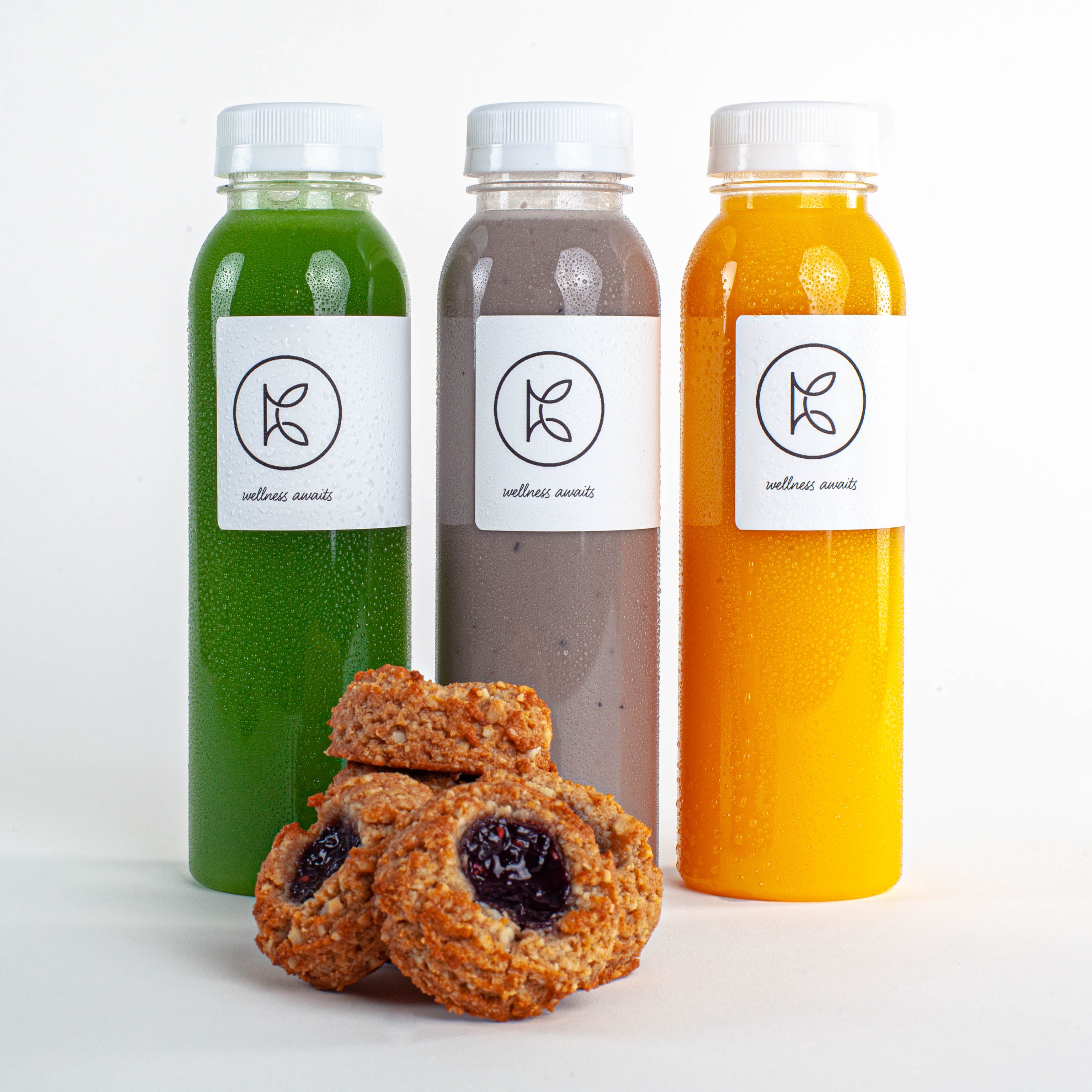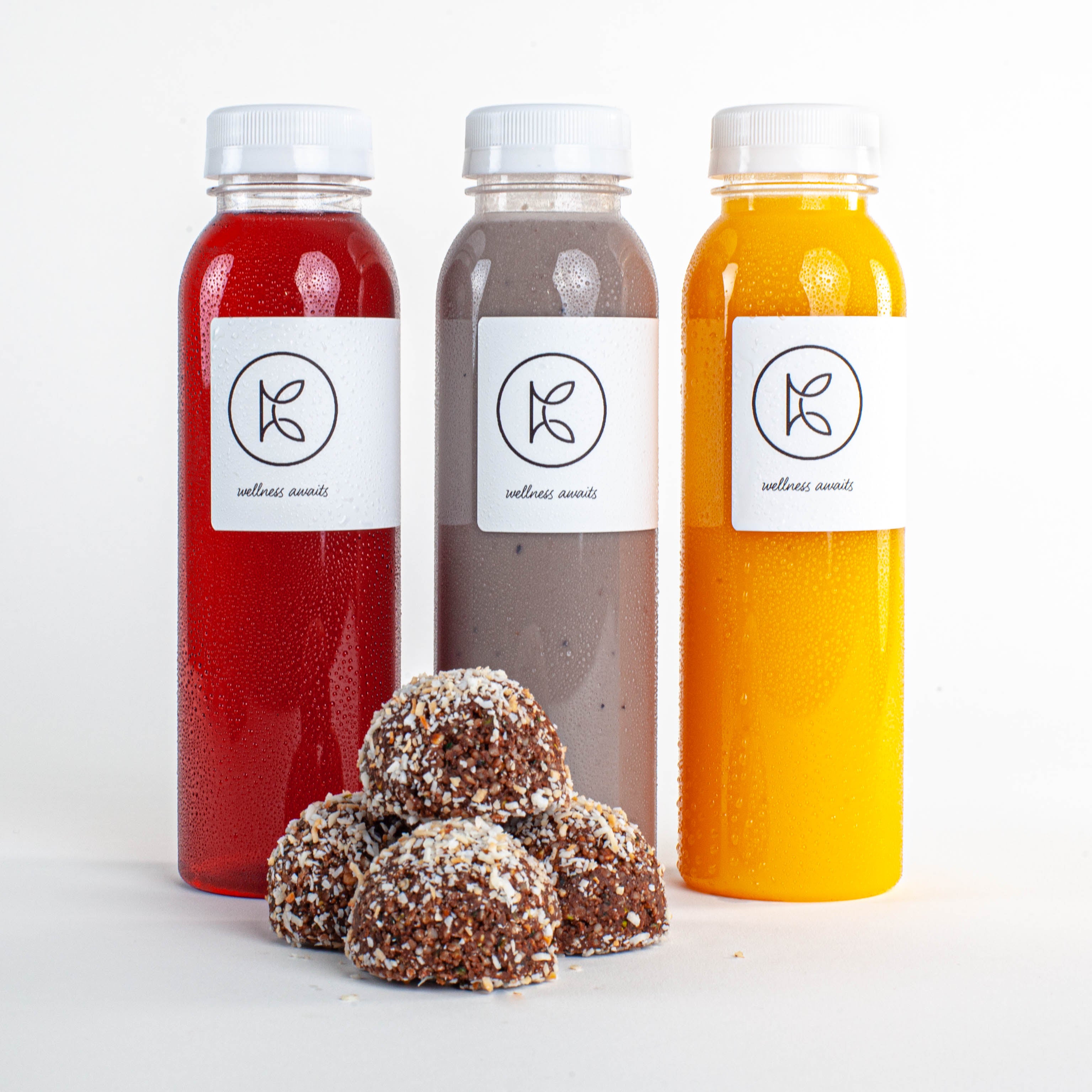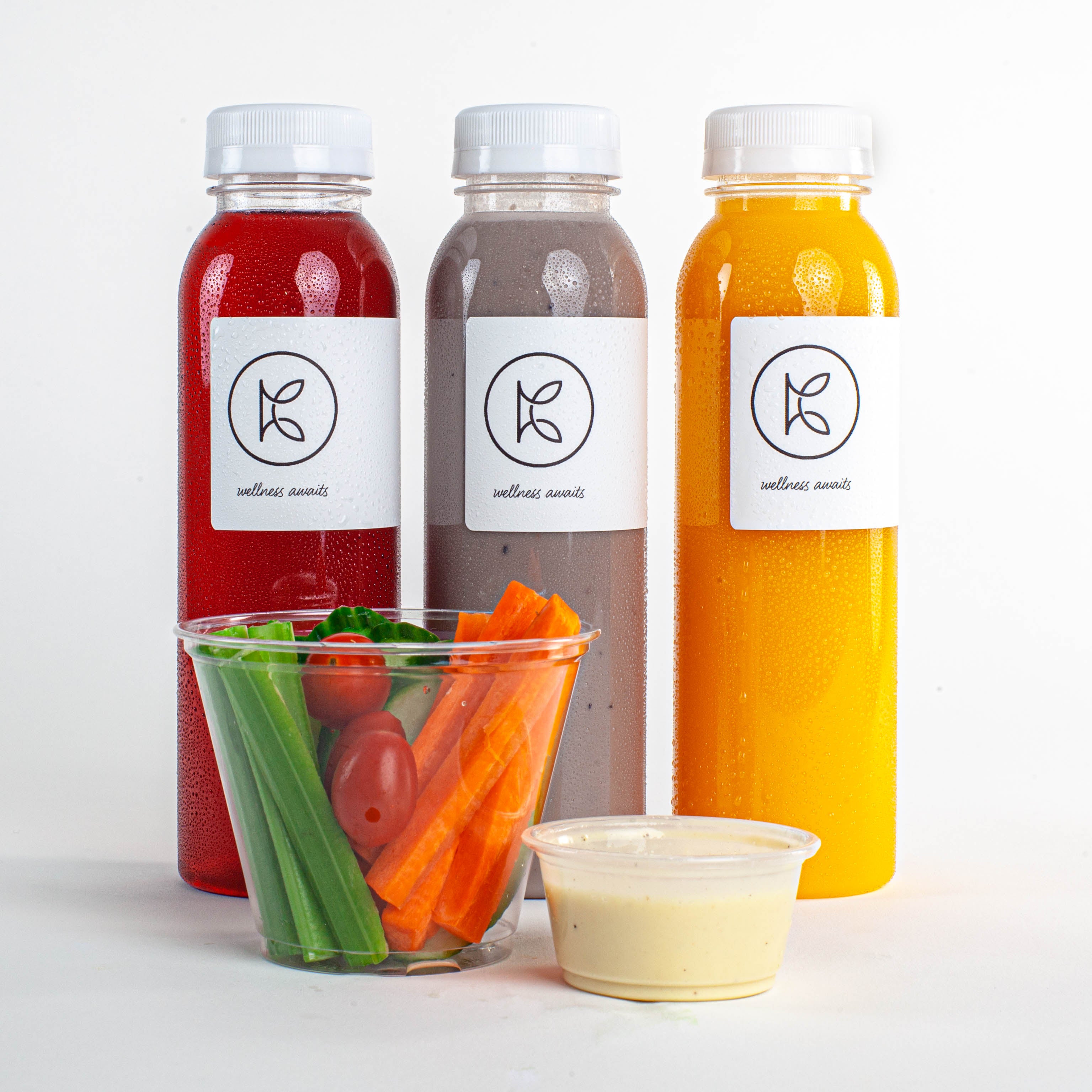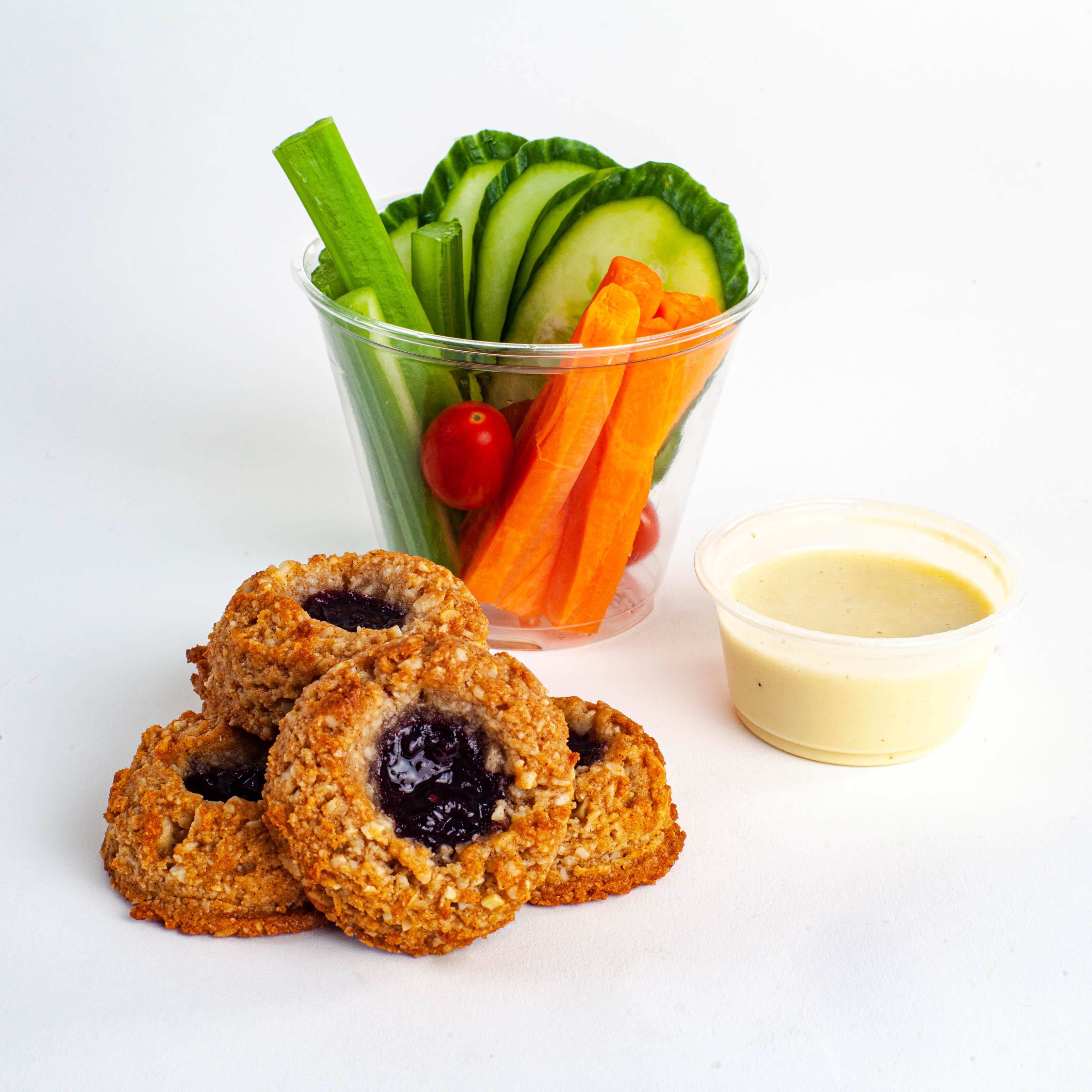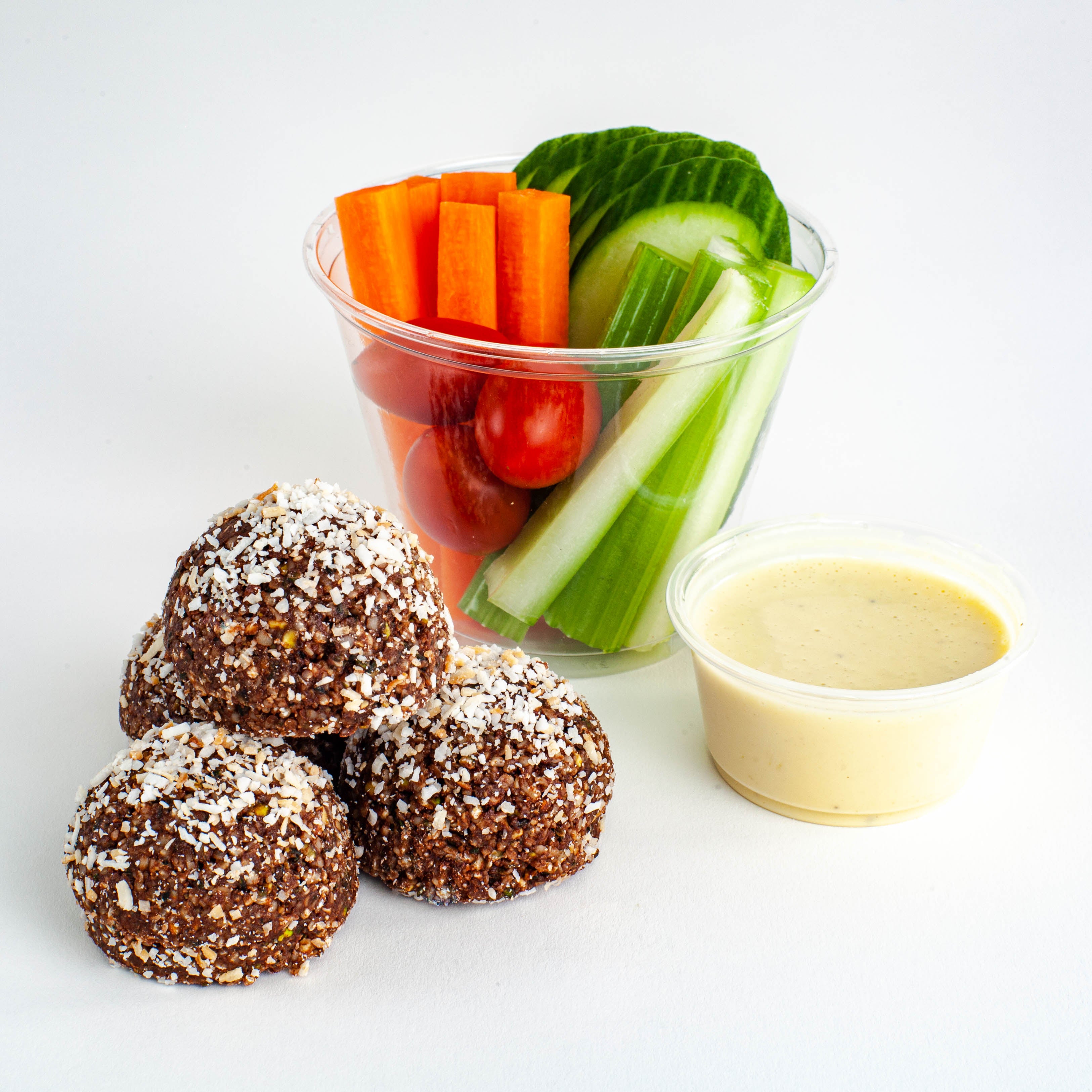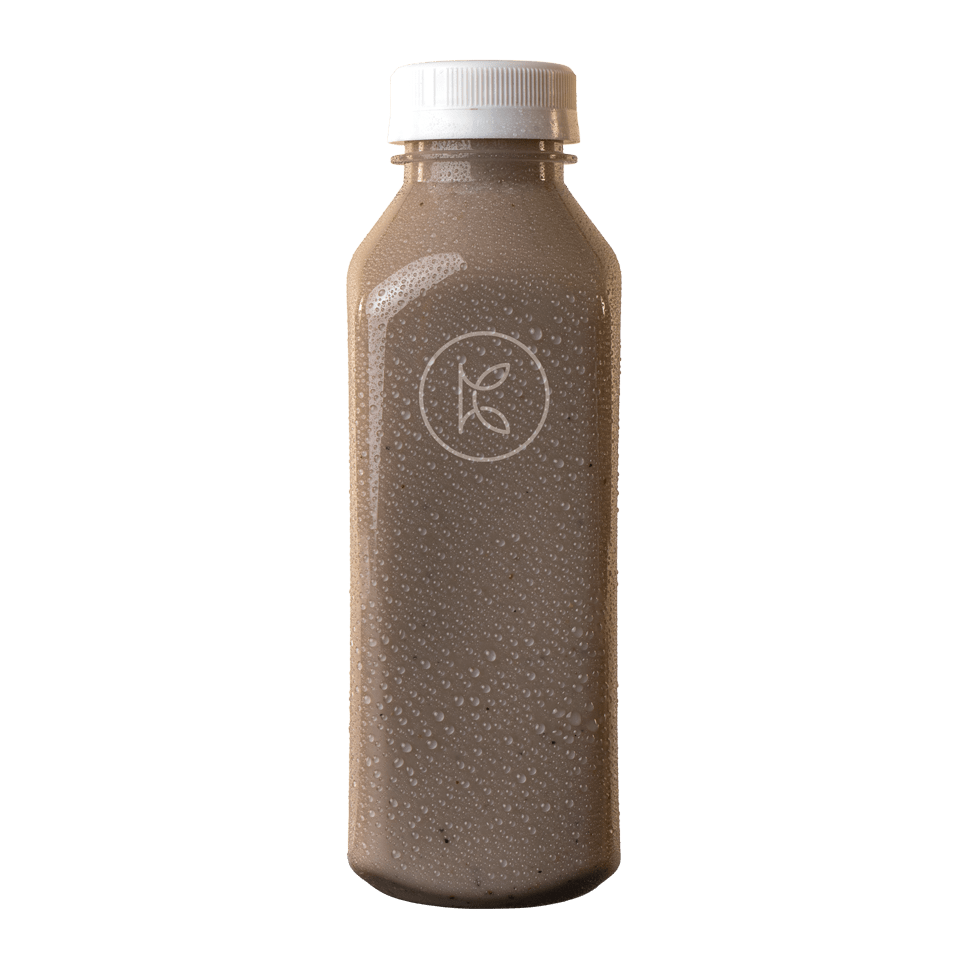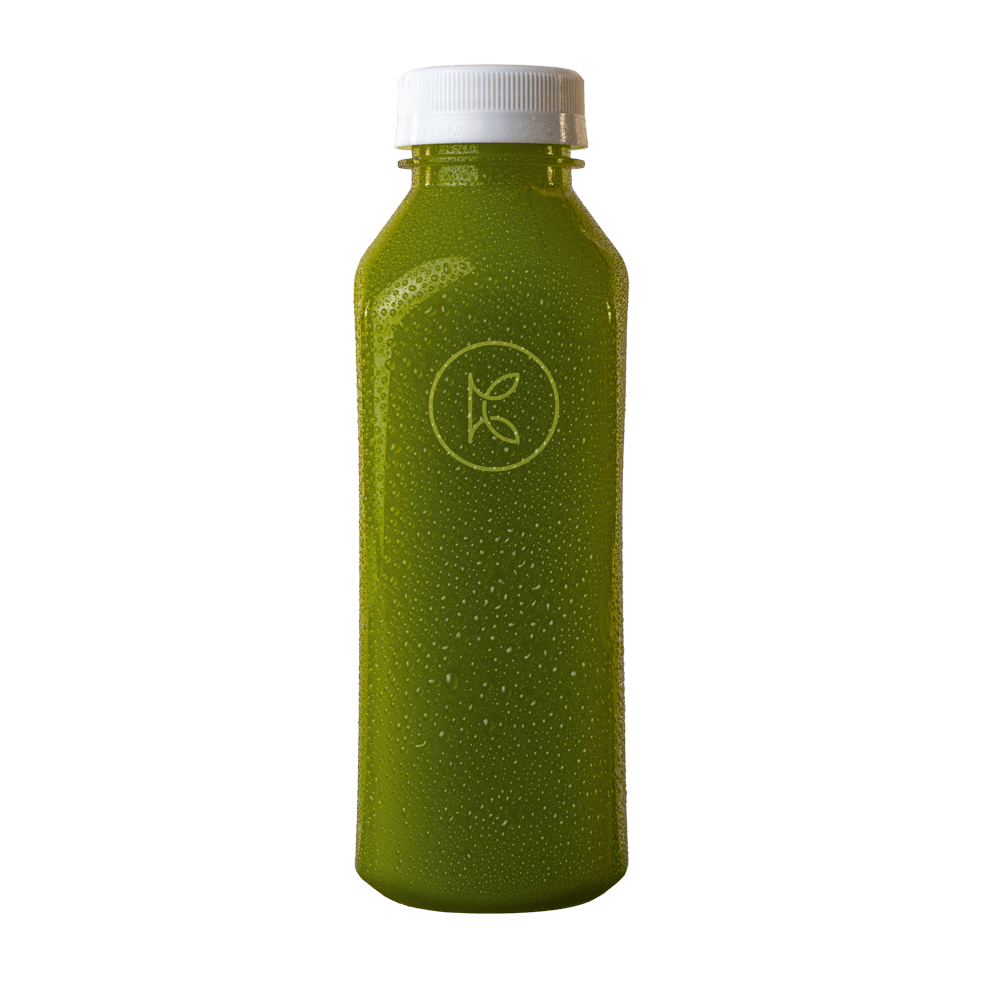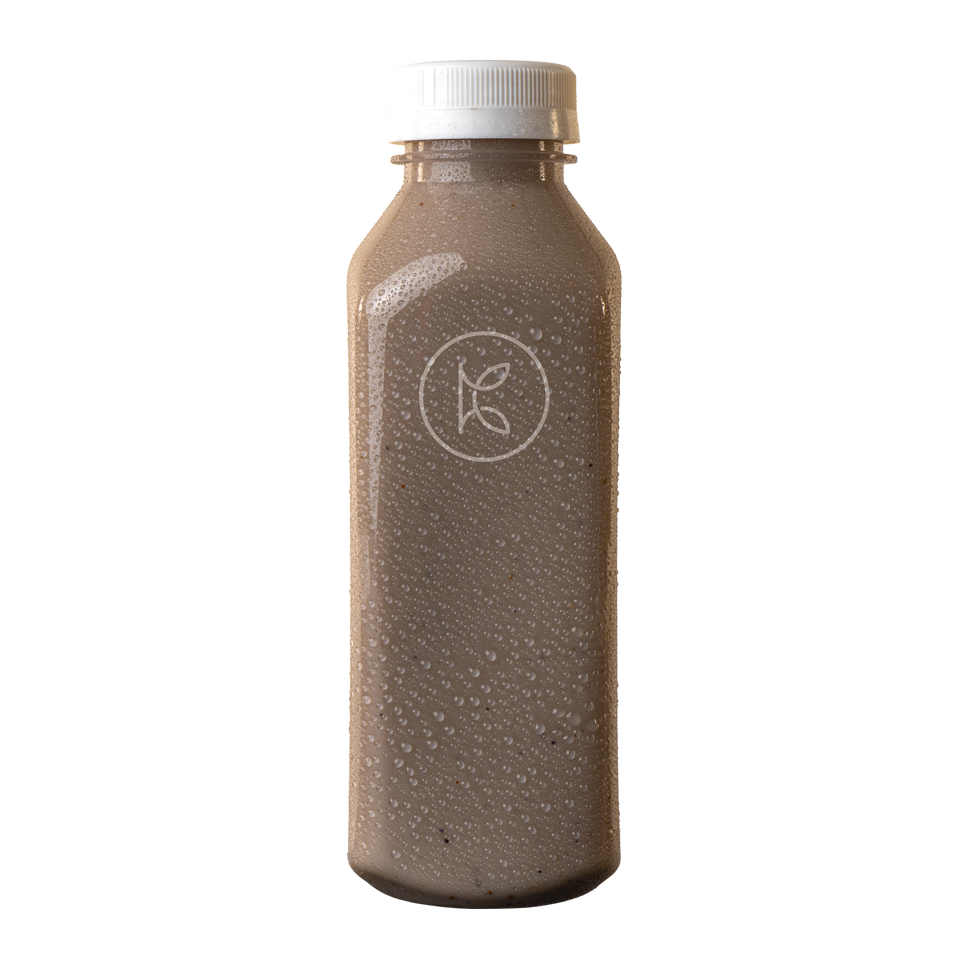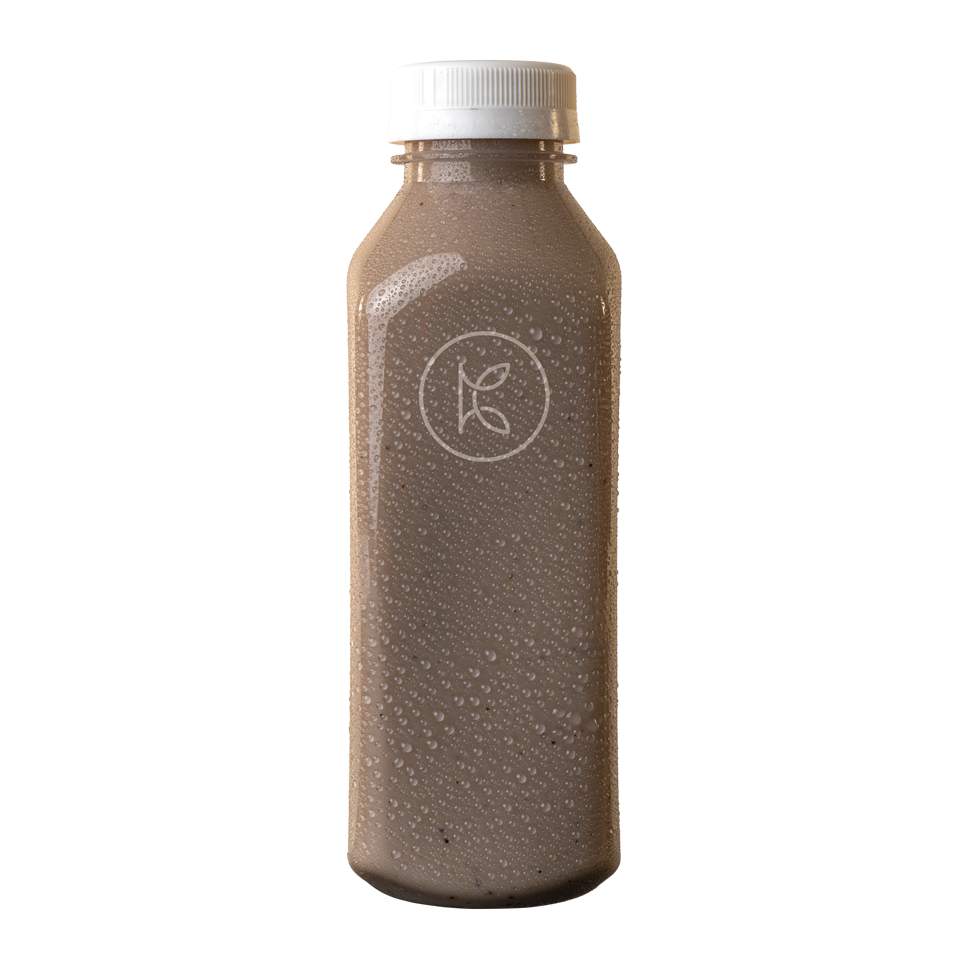The Kooshi Life
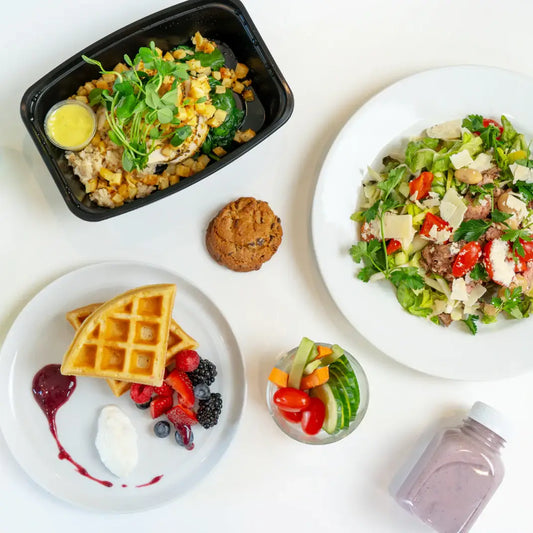
Vegetarian Meals: How to Get Enough Protein Wit...
No Meat? No Problem! If you've ever told someone you’re a vegetarian and watched their eyes widen like you said you run on sunlight only, you’re not alone. There’s this...
Vegetarian Meals: How to Get Enough Protein Wit...
No Meat? No Problem! If you've ever told someone you’re a vegetarian and watched their eyes widen like you said you run on sunlight only, you’re not alone. There’s this...
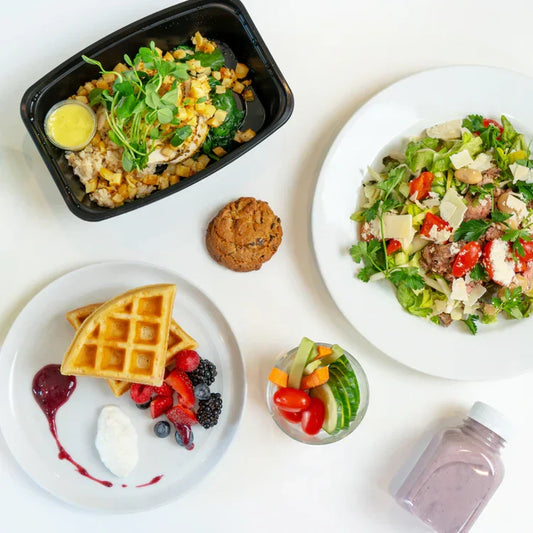
A Beginner's Guide to Starting the Paleo Diet
Picture this: the flavors of the past but improved for the present. Paleo eating is a delicious way to boost your health with tasty, straightforward meals — think simple ingredients with maximum flavor....
A Beginner's Guide to Starting the Paleo Diet
Picture this: the flavors of the past but improved for the present. Paleo eating is a delicious way to boost your health with tasty, straightforward meals — think simple ingredients with maximum flavor....
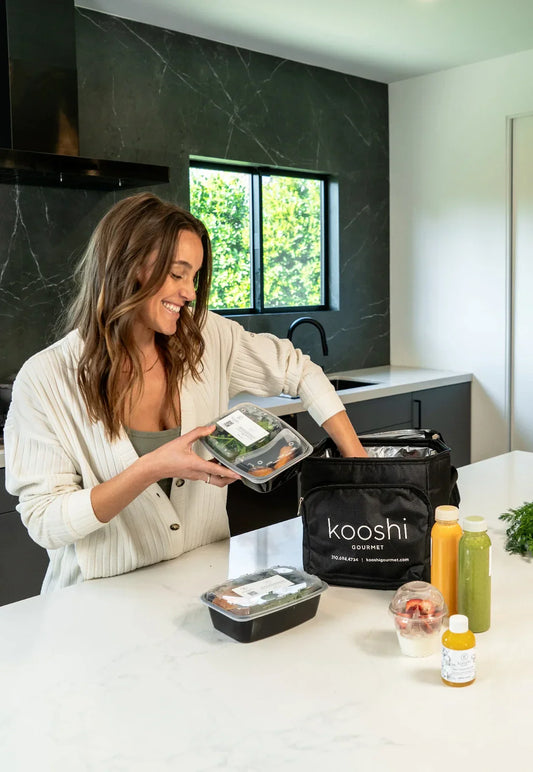
The Ultimate Healthy Meal Kit for 2025
If you think meal kits are just frozen dinners in disguise, think again. The world of meal delivery services has totally leveled up, and 2025 is all about smarter eating...
The Ultimate Healthy Meal Kit for 2025
If you think meal kits are just frozen dinners in disguise, think again. The world of meal delivery services has totally leveled up, and 2025 is all about smarter eating...
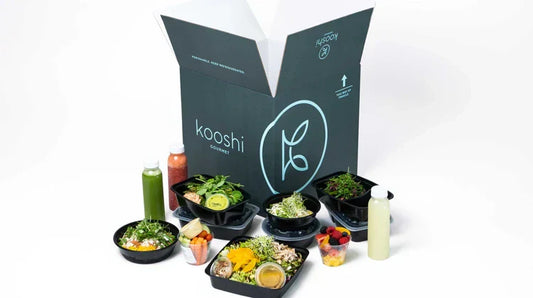
Unlock the Power of Personalized Nutrition for ...
You’ve probably heard it all before: "Just eat less!" or "Cut carbs, it’s magic!" Meanwhile, your energy crashes faster than your willpower after 3 PM. Sound familiar? Here’s the thing:...
Unlock the Power of Personalized Nutrition for ...
You’ve probably heard it all before: "Just eat less!" or "Cut carbs, it’s magic!" Meanwhile, your energy crashes faster than your willpower after 3 PM. Sound familiar? Here’s the thing:...
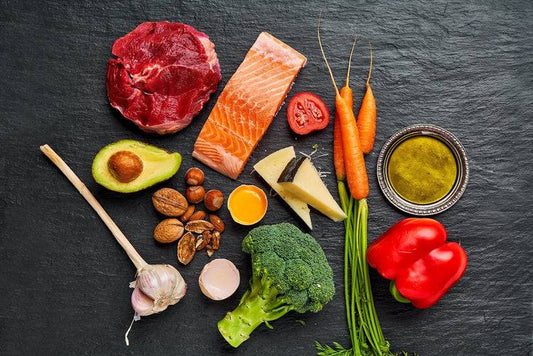
5 Reasons to Choose a Gluten-Free Meal Delivery...
Switching to a gluten-free diet sounds simple — just avoid wheat, right? But anyone who’s tried knows it’s not that easy. Gluten hides in places you’d never expect, from salad...
5 Reasons to Choose a Gluten-Free Meal Delivery...
Switching to a gluten-free diet sounds simple — just avoid wheat, right? But anyone who’s tried knows it’s not that easy. Gluten hides in places you’d never expect, from salad...
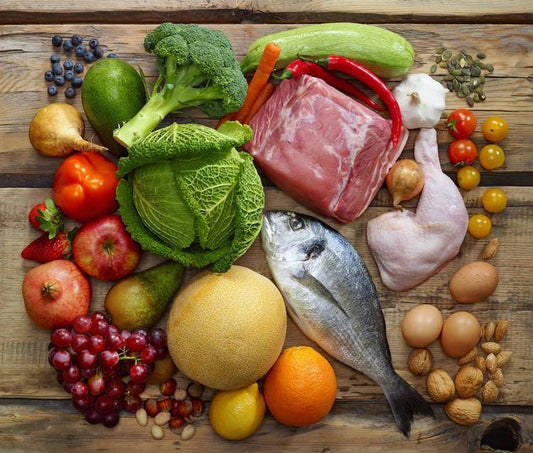
How Keto Meal Plans Help Support Your Health Goals
Eating a healthy diet sounds great until life gets busy. Work, family, and daily responsibilities make planning, shopping, and cooking meals that fit a specific diet tough. That’s why so...
How Keto Meal Plans Help Support Your Health Goals
Eating a healthy diet sounds great until life gets busy. Work, family, and daily responsibilities make planning, shopping, and cooking meals that fit a specific diet tough. That’s why so...
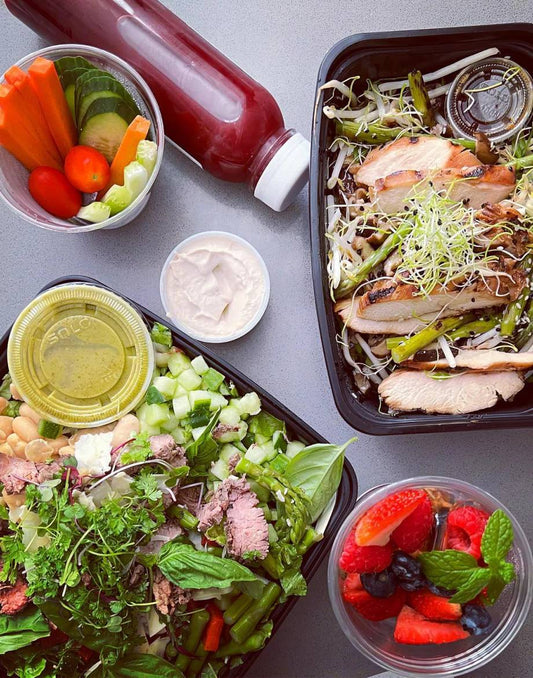
The Best Healthy Meal Delivery Services in Los ...
Los Angeles is a foodie’s dream, but when you’re juggling work, traffic, and life, finding time to cook can feel impossible. Takeout might be convenient, but it’s not always the...
The Best Healthy Meal Delivery Services in Los ...
Los Angeles is a foodie’s dream, but when you’re juggling work, traffic, and life, finding time to cook can feel impossible. Takeout might be convenient, but it’s not always the...

Poetry and the Immune System: How Expressive Wr...
At Kooshi Gourmet, we understand the importance of nourishing your body with healthy and delicious food. But did you know that taking care of your mind and emotions can also...
Poetry and the Immune System: How Expressive Wr...
At Kooshi Gourmet, we understand the importance of nourishing your body with healthy and delicious food. But did you know that taking care of your mind and emotions can also...
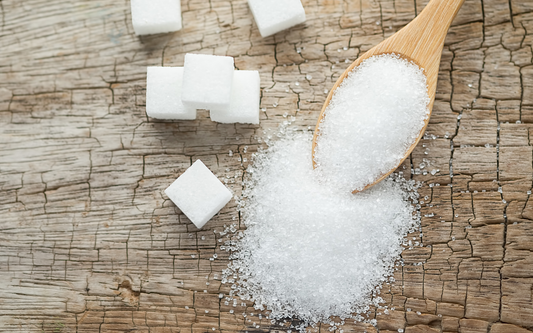
The Keto Diet - Undoing decades of dietary prop...
The Sugar Association We may look around at the wealth of reliable scientific information surrounding just about every aspect of our lives and take it for granted, however the emergence and...
The Keto Diet - Undoing decades of dietary prop...
The Sugar Association We may look around at the wealth of reliable scientific information surrounding just about every aspect of our lives and take it for granted, however the emergence and...
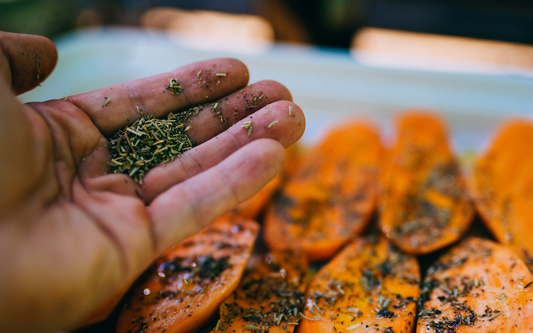
Healthy Eating Lessons From Other Time Periods
We owe many of our current nutritional philosophies to our ancestors - in some cases our ancient ancestors. Let's explore 4 major cases.
Healthy Eating Lessons From Other Time Periods
We owe many of our current nutritional philosophies to our ancestors - in some cases our ancient ancestors. Let's explore 4 major cases.

